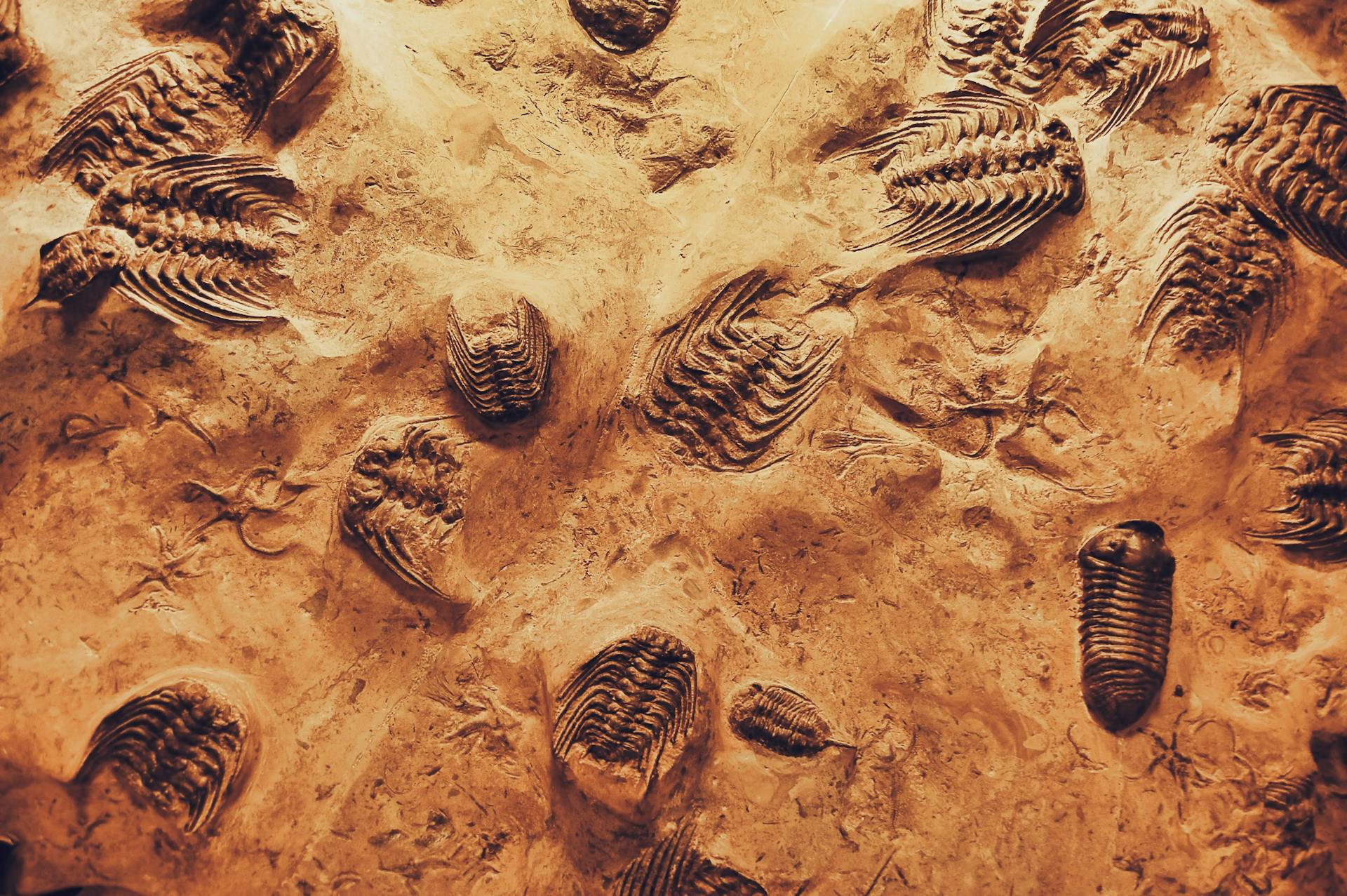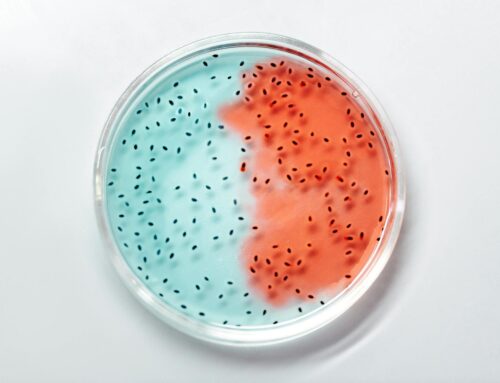Tooth sensitivity is something that affects many people. However, up until recent research was completed, no one had associated sensitivity with ancient fish. However, new research has found an unexpected connection between tooth sensitivity and ancient fish, which has provided an interesting insight into how ancient life continues to impact modern-day life.

Tooth sensitivity involves a person experiencing a sharp pain in their teeth, especially when exposed to hot or cold food or drink.
But while tooth sensitivity is a common part of life for many people, recent research has, inadvertently, managed to provide a surprising insight about tooth sensitivity [1].
The research appears to have found out about how the sensitive interior of human teeth has evolved over the last hundreds of millions of years [1].
About tooth sensitivity
Having sensitive teeth is a very common problem. It will commonly manifest when someone eats or drinks something hot or cold, resulting in a sharp, albeit temporary, pain in the teeth.
For example, some people experience tooth sensitivity when having a hot drink like coffee, or a cold soda, or something like ice cream.
Tooth sensitivity is caused by dentin becoming exposed. Dentin is the layer of tissue found under enamel. Dentin can become exposed through factors like tooth decay, receding gums, and enamel erosion [2].
Moreover, dentin carries sensory information through tiny tubes that connect to the nerves. This is why sharp pain is experienced when dentin becomes exposed.
When a person is experiencing tooth sensitivity, then it is important to visit the dentist as soon as possible. It is likely that some dental treatment will be needed.
Unexpected findings
Yara Haridy is a postdoctoral researcher at the University of Chicago. Haridy works in the field of paleontology – far away from the world of oral health!
She was originally conducting research which involved her searching for the oldest fossil of an animal with a backbone [1].
However, her research actually resulted in an unexpected finding, involving the origins of teeth. Her work has now been published in the Nature journal [1].
The research found that the sensitive interior of human teeth appears to date back to ancient fish that swam in the Earth’s oceans around 500 million years ago [1].
The researchers noted that paleontologists have had the long-held belief that teeth evolved from the bumpy structures from exoskeletons [1].
Haridy and her colleagues were using a CT scanner to analyze in detail hundreds of fossil specimens from museums across the United States [1].
While completing this analysis, Haridy noticed an unusual difference in one particular fossil. This fossil had tubes in the structure that looked more like sensilla – which are the sensory organs found in arthropods like insects [1].
Therefore, the researchers pointed out that this shows us teeth can be sensory, even when they aren’t in the mouth [1]. There is sensitive armor in fish, as well as in arthropods.
The researchers were able to confirm that the sensitive interior of the human teeth appears to be linked to the sensory tissue from ancient fish [1].
The sensory tissue from the ancient fish continues to be a function retained in modern vertebrate teeth, resulting in us experiencing such sensitivity [1].
This finding also had a wider impact on the field of paleontology, with the results leading to the reclassification of the fossil creature Anatolepis [1].
Author comments
These are interesting findings. It is understandable why tooth sensitivity exists, although many wouldn’t have expected this to be the source!
Co-author Professor Neil Shubin provided some comments on the findings. Shubin said “when you think about an early animal, swimming around with armor on it, it needs to sense the world” [3].
Shubin says “this was a pretty intense predatory environment, and being able to sense the properties of the water around them would have been very important” [3].
Therefore, these ancient fish would need to do anything they could to survive and protect themselves from predators.
It is always compelling to see how unexpected oral health findings can be made. When setting out to complete research on fossils, finding out about tooth sensitivity was far from expected!
Thinking points…
[1] If you have tooth sensitivity, it is important to see a dentist. Sensitivity won’t typically get better on its own and it is normally a sign that treatment is needed. Therefore, make sure you attend a dental clinic soon for a check-up! A dentist will be able to take a thorough look at your oral health and provide a treatment plan to hopefully get rid of the sensitivity! We recommend attending a clinic soon!
[2] Do you have any friends or family members that are interested in the field of paleontology or fossils? If so, you could send them this article – they would find this very interesting! If not, why not share this article on your social media profiles, it may reach someone interested in this topic. We would love you to share this article now!
What we offer at Taradale Dental
Taradale Dental is a dental clinic based in Calgary, Alberta, Canada. At our Calgary dental clinic, we provide a range of services for our patients.
We advise our patients to attend our Calgary dental clinic at least twice per year for a regular dental check-up. At these check-ups, we provide a comprehensive review of a patient’s oral health. If any problems are detected, we have many treatments available. For example, these include cavity fillings and root canals. To strengthen your oral health, we recommend brushing your teeth at least twice a day and flossing regularly.
Here at Taradale Dental, we also have some cosmetic treatments available! These include dental implants, teeth whitening and Invisalign™! Our patients find that these treatments have a positive impact on their appearance, confidence and self-esteem.
Moreover, the fees of our treatments at our Calgary dental clinic Taradale Dental are set in line with the Alberta Dental Fee Guide. This ensures transparent and fair pricing, with no hidden costs.
We hope to see you soon at our Taradale Dental clinic in Calgary! You can find out more about us by visiting our website https://taradaledental.ca/!
References
[1] Haridy, Y., Norris, S. C. P., Fabbri, M., et al. (2025). The origin of vertebrate teeth and evolution of sensory exoskeletons. Nature. DOI: https://doi.org/10.1038/s41586-025-08944-w.
[2] Colgate. (2024). Tooth Sensitive to Hot or Cold? What It Means and How to Help. Available: https://www.colgate.com/en-us/oral-health/tooth-sensitivity/tooth-sensitive-to-hot-or-cold-what-it-means-and-how-to-help. Last accessed: 28th May 2025.
[3] Oral Health. (2025). Human tooth sensitivity may have roots in ancient fish armor from over 485 million years ago. Available: https://www.oralhealthgroup.com/clinical/dental-research/sensitive-parts-of-human-teeth-may-have-evolved-from-sensory-organs-in-ancient-fish-1003987008/. Last accessed: 28th May 2025.


